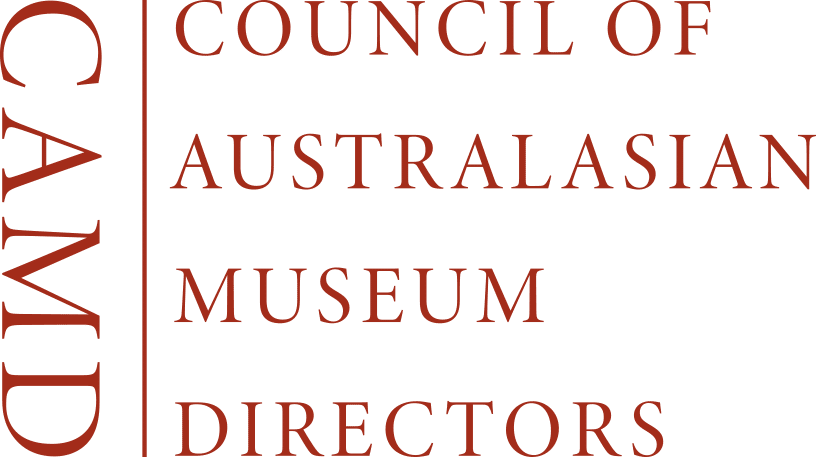Important exhibition of Aboriginal art decades in the making, We are SA, 15 July 2025
Ride on, shine on: The East Kimberley Art Movement tells significant stories of Country and culture – but first the artwork had to undergo extensive restoration.
A small but powerful exhibition of historically significant Aboriginal paintings has opened at the South Australian Museum.
Ride on, shine on: The East Kimberley Art Movement showcases 14 precious early paintings by the founding members of the contemporary East Kimberley art movement of Western Australia.
Ride on, shine on includes works from the late 1980s and 1990s by senior Warmun artists Queenie Nakarra McKenzie (Mingmarriya), Rover Thomas, Freddie Timms (Ngarrmaliny), Jack Britten (Yalarrji), Birrbi Mungnari and Hector Jandany.
The exhibition also follows an extensive effort by conservators at Artlab Australia, which shares the same North Terrace precinct as the Museum.
South Australian Museum Acting Director Clare Mockler said the exhibition represented an important moment in the history of contemporary Aboriginal art, when senior Gija artists began sharing stories, Country and cultural knowledge through new materials and in new contexts.
“The South Australian Museum is proud to now care for this significant collection,” she said. “It sits alongside other important works that show how cultural expression has adapted across time.

“These include the Toas, the Yuendumu Doors, the first Tiwi paintings collected by Mountford and the recently acquired Balgo Boards. Together these collections help us tell more complex and connected stories about Aboriginal art.”
The collection was assembled by Caitriona O’Brien, a schoolteacher who moved in 1989 to Warmun, a small community located 3000km northeast of Perth.
She was close friends with many of the people who became key artists in the East Kimberley art movement, and she purchased the works directly from the artists when they were painted.
They were acquired by the Museum thanks to generous donations in 2022.
Artlab principal paintings conservator Eugene Taddeo said the pieces needed some extensive work over several months to preserve before they could be shown.
He said the artists used natural ochre pigments bound in an acrylic binder, which was deteriorating.
“They weren’t in great shape,” he said. “There was lifting paint, it was flaking and some of the beautiful dot work had actually fallen off and were lost.”
The artworks were painted on a mixture of canvas and on board.
The practice of painting on boards had been spurred on by Rover Thomas’ famous Goorirr Goorirr (Krill Krill) ceremonies of the late 1970s, where paintings were made to be carried during ceremonial dances.
Eugene said a key to the conservation work was not to change the character of the artworks.
“We wanted to keep the true natural integrity of the work,” he said. “That’s a tricky thing to do.”
The exhibition is free to visit and will run until 14 December.
This article was prepared by the South Australian Museum. The museum acknowledges the Kaurna people as the Traditional Owners of the Adelaide Plains, where this exhibition is held, and pays respect to Elders past, present and emerging. We also acknowledge the Gija people of Warmun, whose cultural knowledge and artistic legacy are at the heart of this exhibition.
